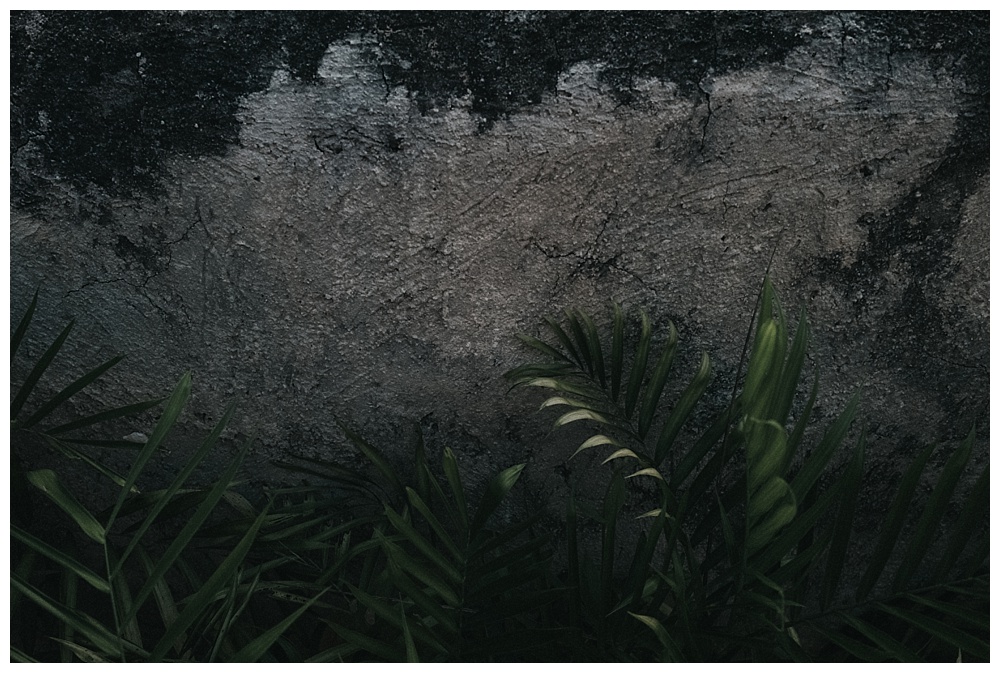Moveable Feast: Yucatàn – Recap tres – Cenotes, mayan ruins, magical towns, and the outside world.
categories
feasts
travel well
live well
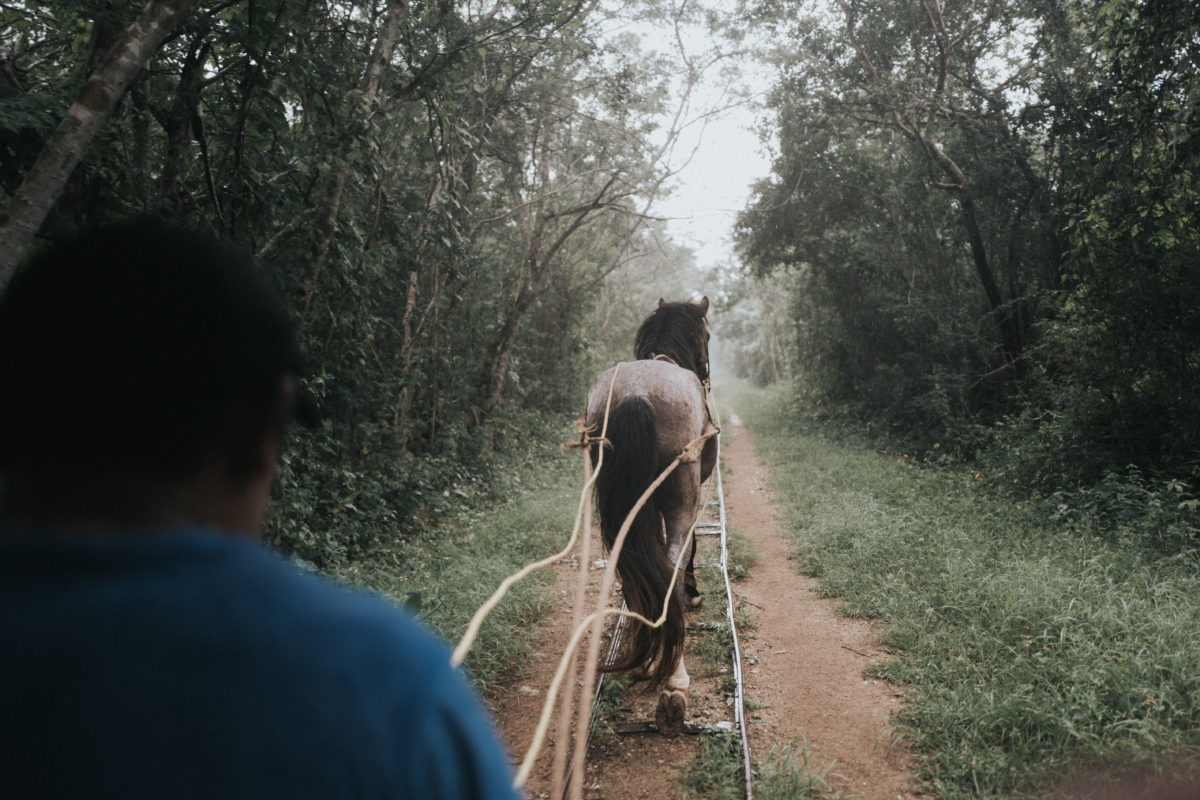
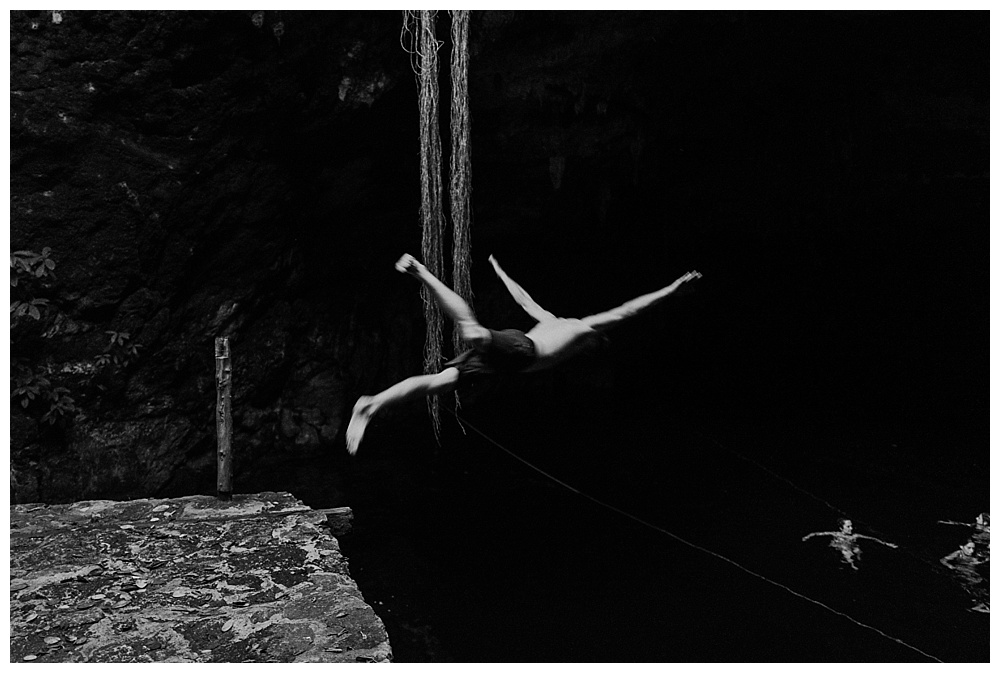
My first apartment in Seattle was right off Pike’s Market. I first moved to the Pacific Northwest in mid-January years back and got accustomed to using the historic market as my grocery store. After a few months, I got to know my veggie guy, would ask about my cheese gal’s kids, the butcher would pour me a shot of Maker’s Mark from behind the counter every time I’d show up, and perhaps most importantly, my fish monger knew just what kind of smoked salmon I liked best. Pike’s Market in winter is a magical land of locals and first names. Then the first summer came and along with it, boat loads (literally, helllooo cruise ships) of tourists. Pike’s Market is transformed into a mindless crowd, slowly shuffling underneath its aging neon.
Here’s the thing that killed me most: the dang groups of people following a guy holding up an umbrella or some sort of flag. “These are the fish throwers,” he’d say, “They throw fish instead of handing them to each other.” And then the group would obediently stare as salmons were tossed about for five minutes before umbrella guy decided to move on. “This is the donut stand. Look,” he’d say, “they make the donuts fresh each day.” …And then a few more minutes of a huge crowd staring at a donut machine. How is this traveling? It’s like Pike’s Market was the zoo and we Seattleites became the adorable panda bear babies… or something.
So here’s my solemn promise to you: at Moveable Feast, I will never make you follow me around while I hold an umbrella over my head. It just won’t happen.
Before each retreat, we heavily research the area, get to know some locals, some untouched corners, favorite boutiques, barber shops, hidden gems that you would never find if you were just passing through. We compile them into a teensy little guide, complete with a map or two and some key phrases, and then unleash you to choose your own adventure. You get to wander a new city on your own, or with a group a friends, with a few carefully curated suggestions to guide your stroll. Here’s what they ended up looking like our first year in France:
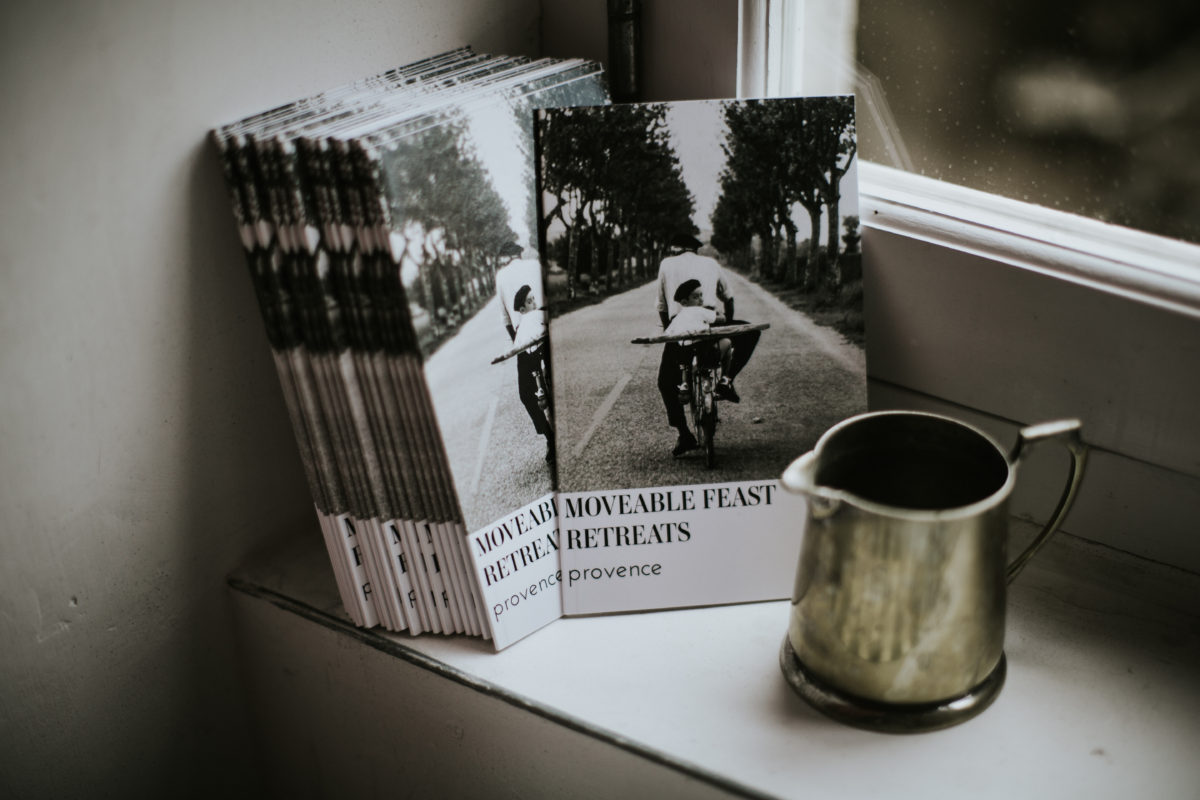
For the Yucatàn, we avoided the heavily touristed cenotes, the ones with an oily surface of sunscreen, and instead found some secret cenotes way off the beaten trail, and then down a very beaten track. The only way to get to the three cenotes in the town of Cuzumà is by horse-drawn cart down a railroad track dating back to the time when sisal was worth more than gold. The track served as a way of transporting workers to the agave fields and agave back to the main hacienda for processing. I still can’t imagine how good it must have felt for the jimadores, after a long day of hacking at the stubborn agave spines all day under the hot Mexican sun, to put down their coa de jimas and hop into one of the cenotes in the middle of the jungle. Cenote water is special. It’s perfectly clear, perfectly cool, and is the closest thing to a healing fountain-of-youth type feeling I’ve ever experienced.
We brought the Feasters and hopped on the back of the ol’ horse carts, driven by local Mayan families down nearly hundred year old tracks, and stopped at three different cenotes, ranging from utterly cave-like to wide-open azure oasis.
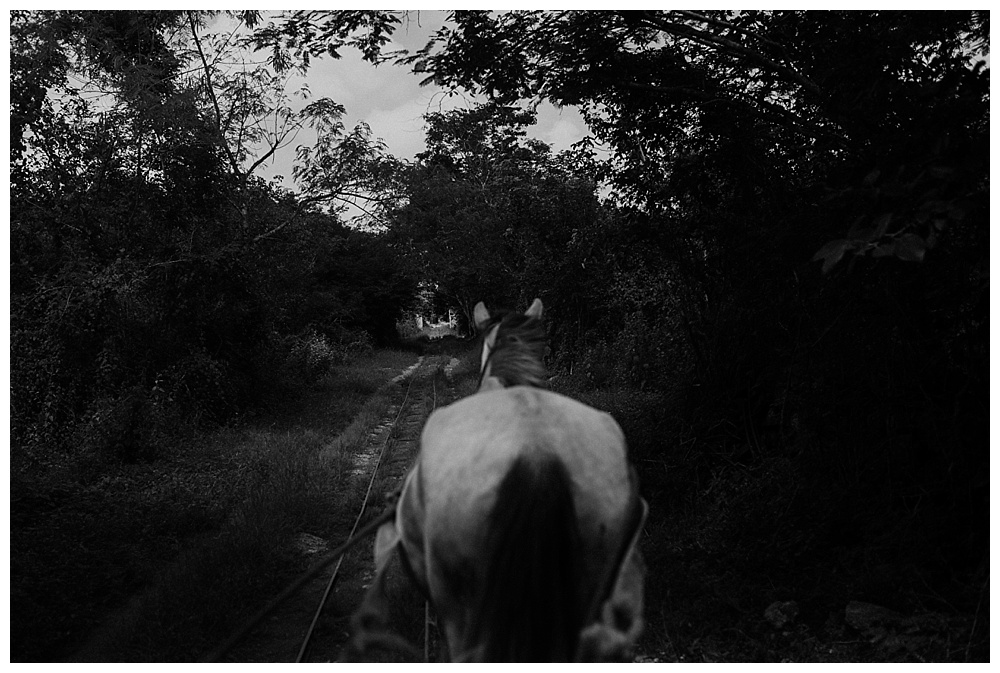
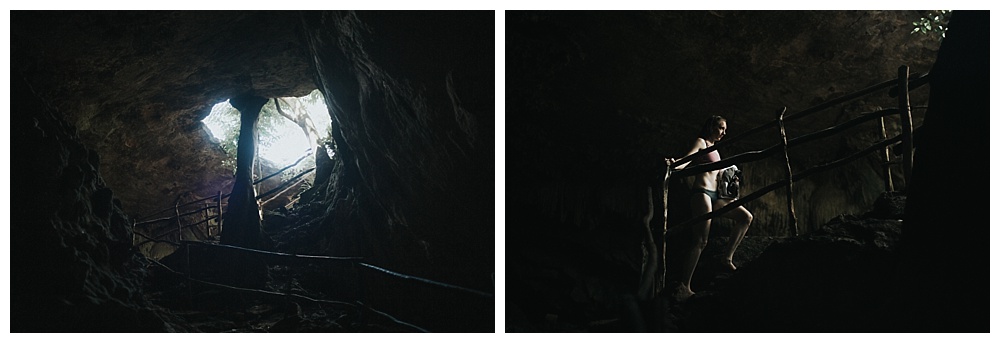
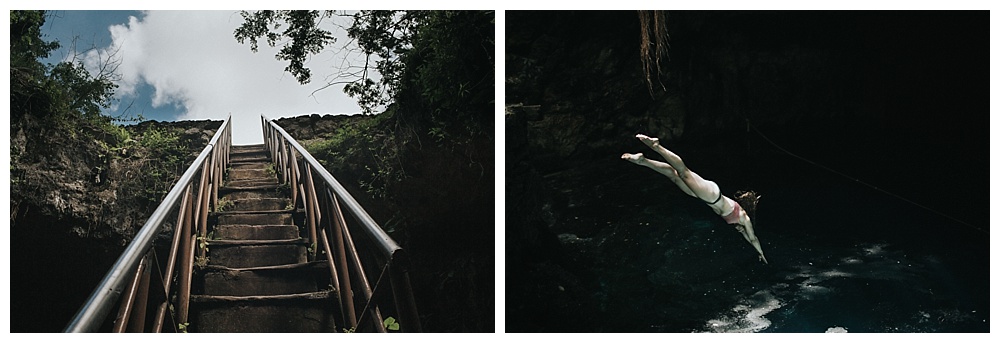
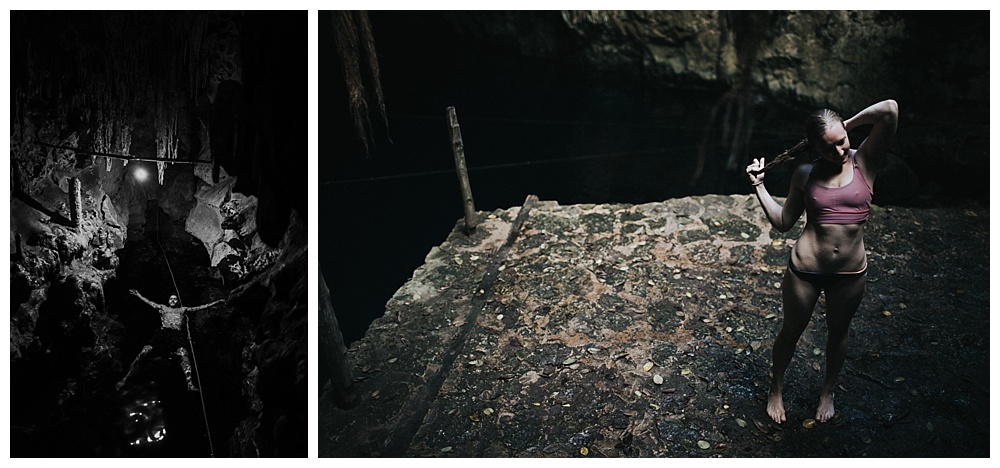
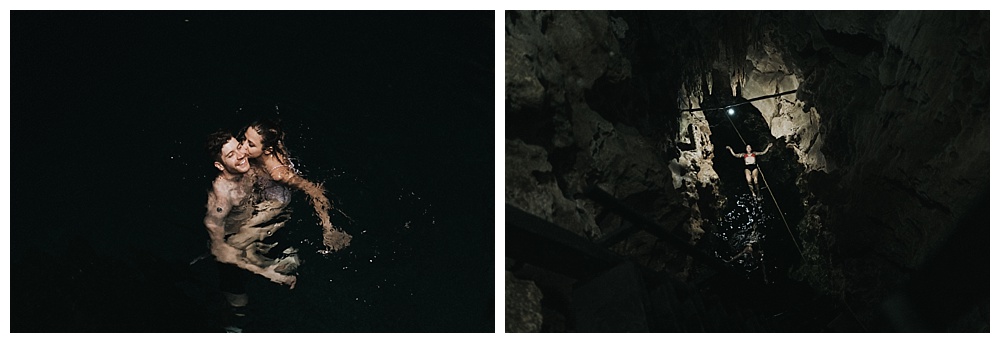
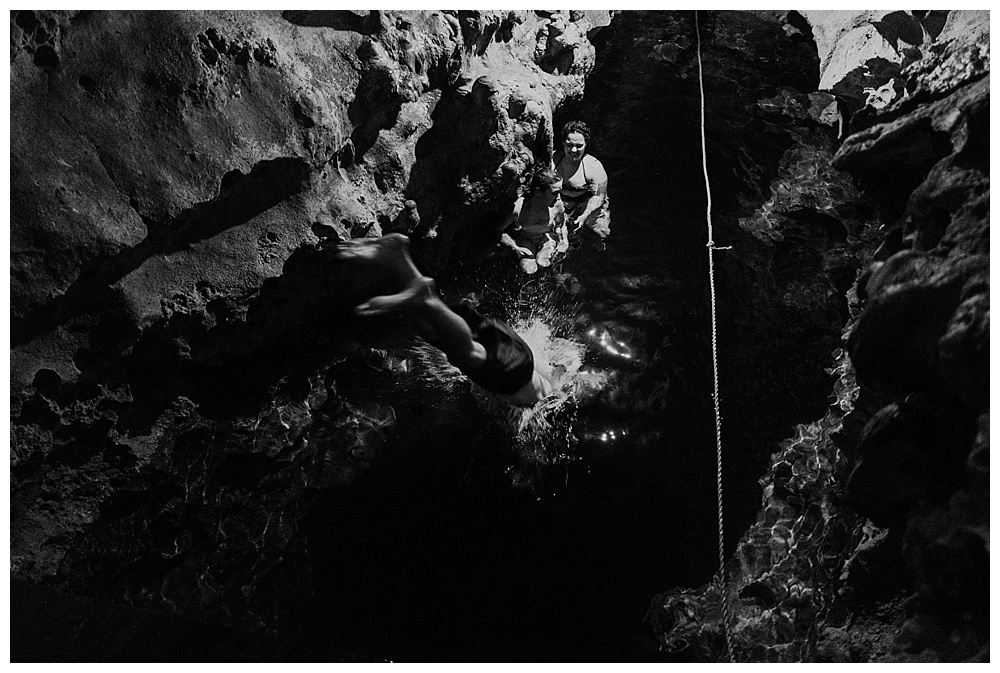
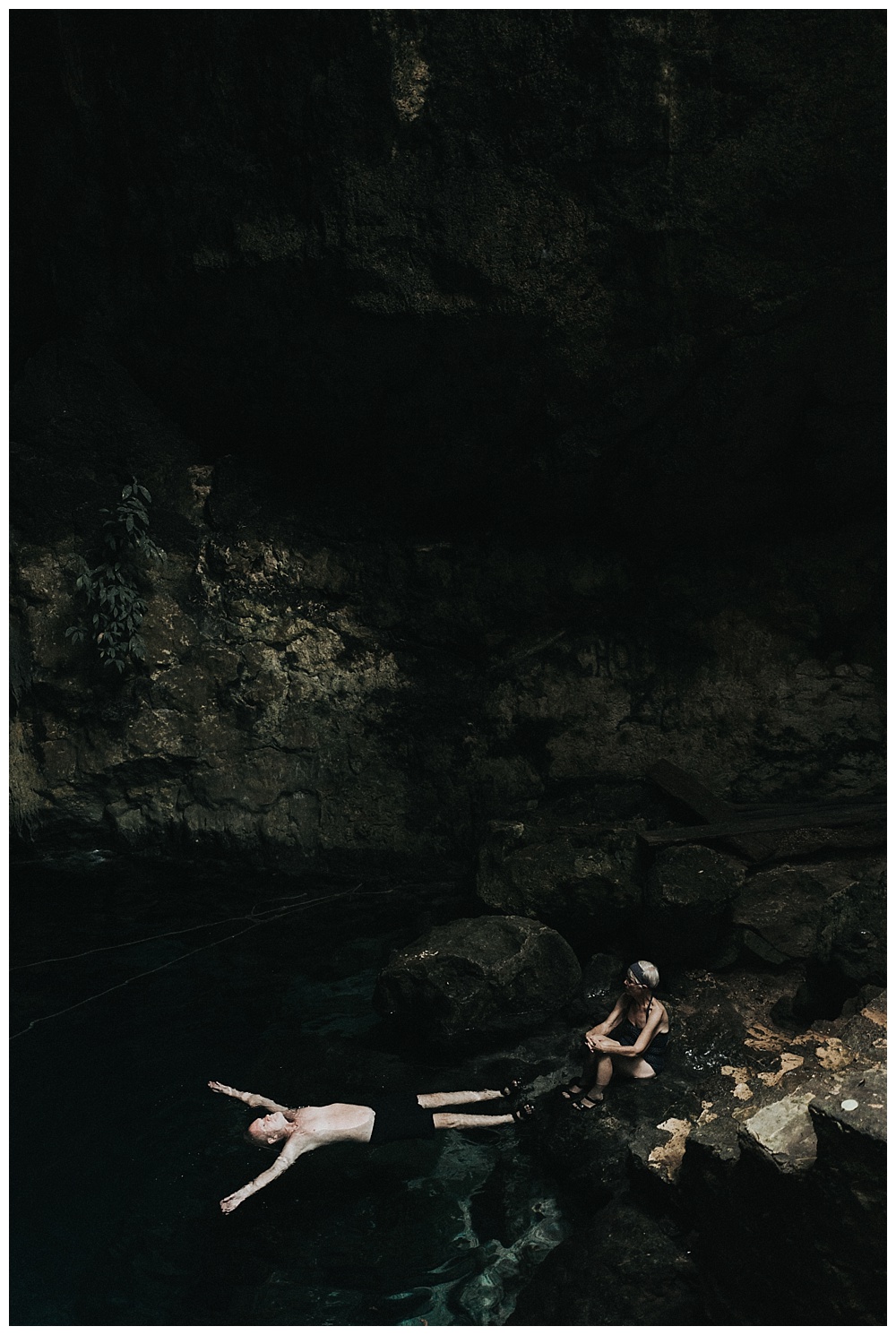
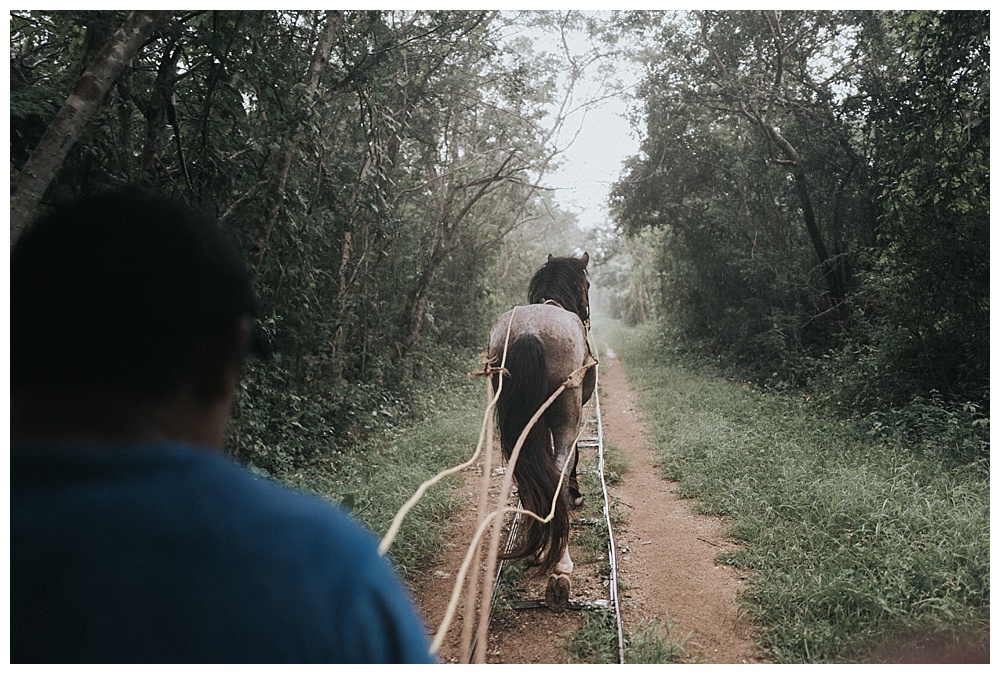
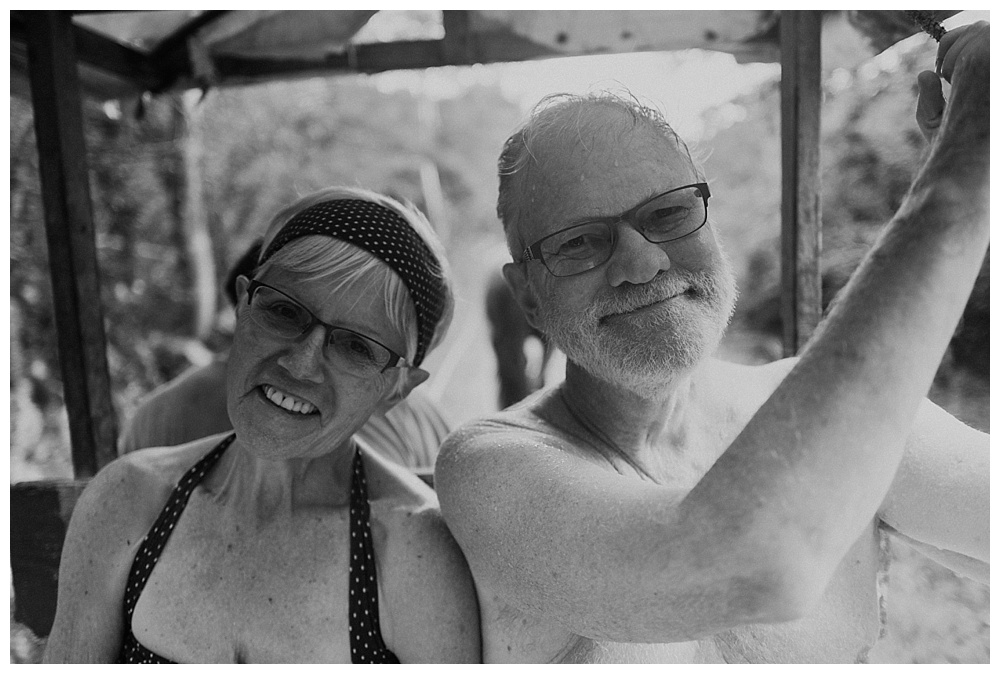
Two days later, we went to the town of Valladolid. As I liked to say, places this cool and undiscovered don’t stay cool and undiscovered for long. The town is listed as one of Mexico’s “Pueblos Magico” for good reason. A 16th century convent, cobblestone streets, Mayan treats, artisans, artists, and maybe a cerveza or two if you look in the right places.
We ended the day with the Coba ruins, the epicenter of the largest network of stone causeways in the ancient Mayan world AND the largest pyramid in Mexico that you can still climb. Outside the ruins, the town of Coba has around 1,200 inhabitants, a few taco stands, and one of our favorite restaurants in the entire world. It’s hidden behind a lagoon and so confusing to find that your taxi driver won’t know where it is and will think you’re crazy when you tell him to keep driving down the dirt road. It has walls painted a matte black, almost charred, as the scent of copal comes from the fire pit in the middle of the open-air room, guacamole all around, a few margaritas, and we watched the sunset reflected off the lagoon.
We were the only ones there. A far cry from the crowded tourist spots of Pike Place.
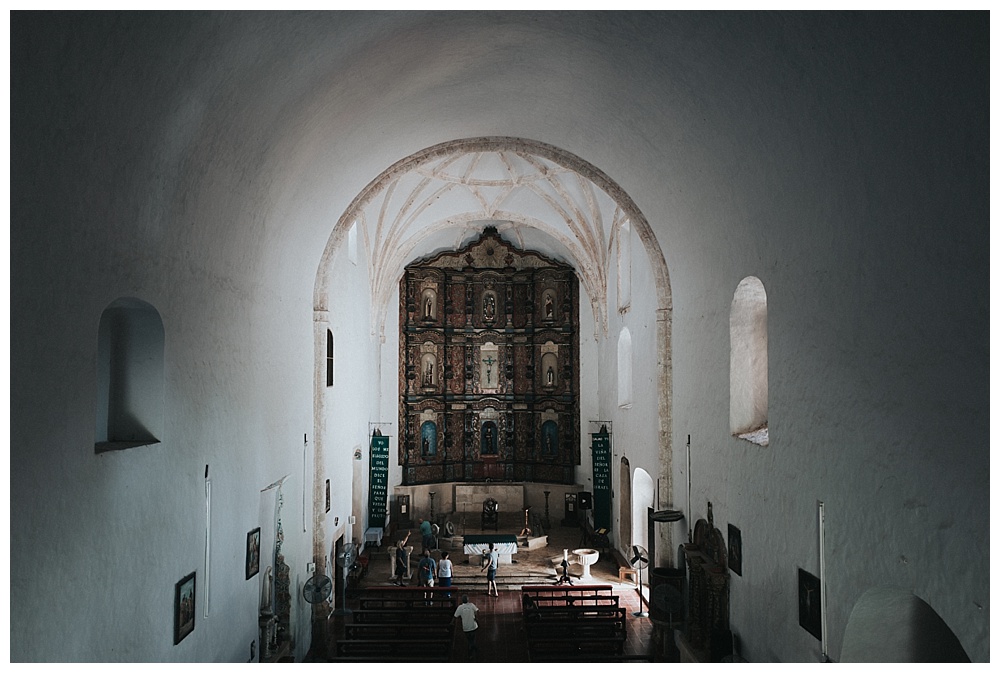
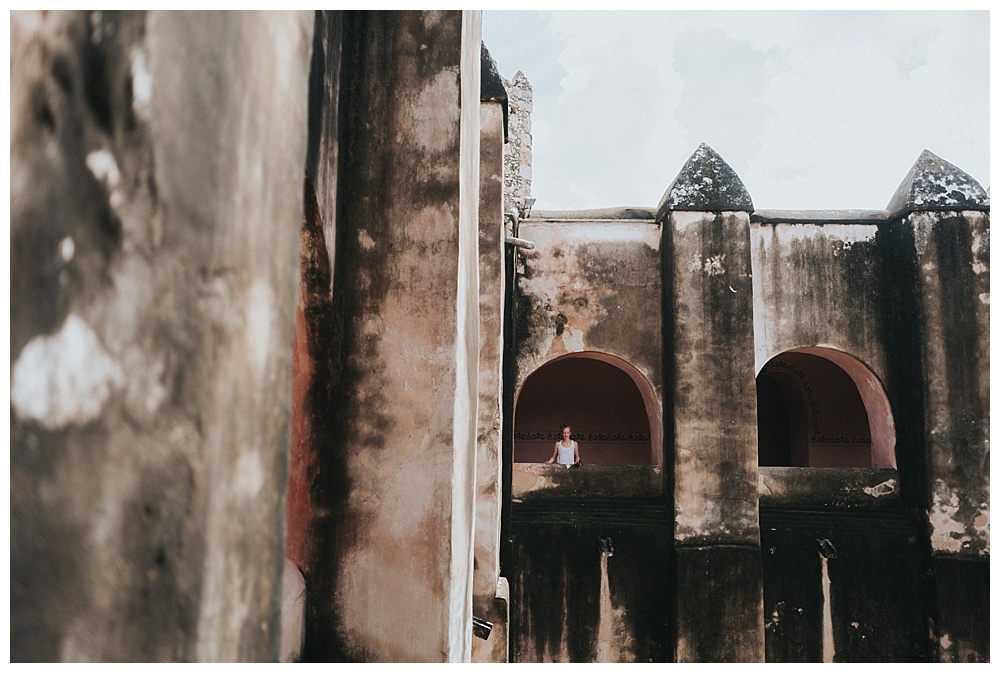
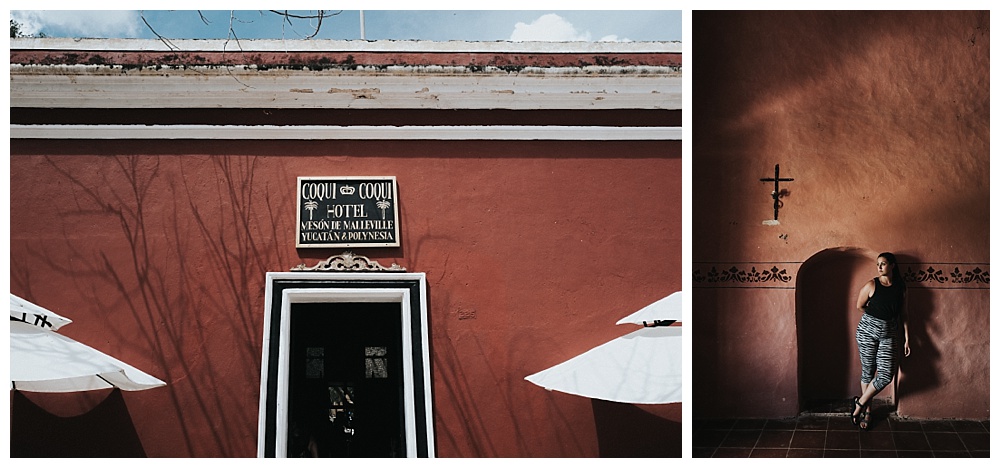
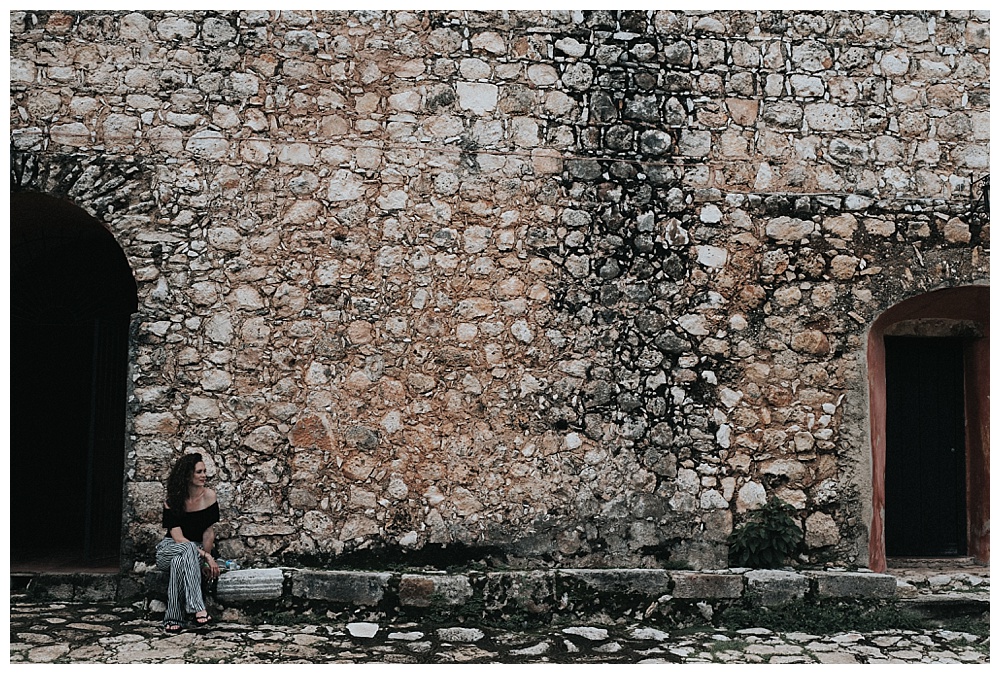
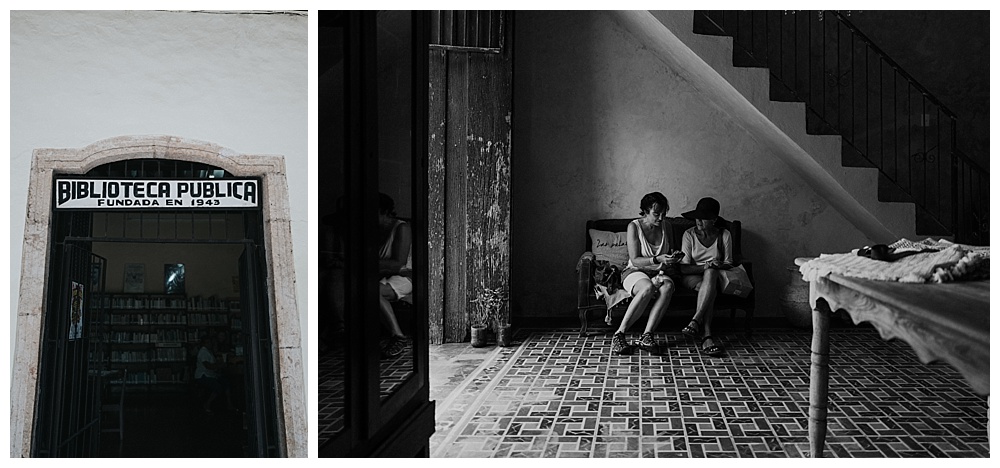
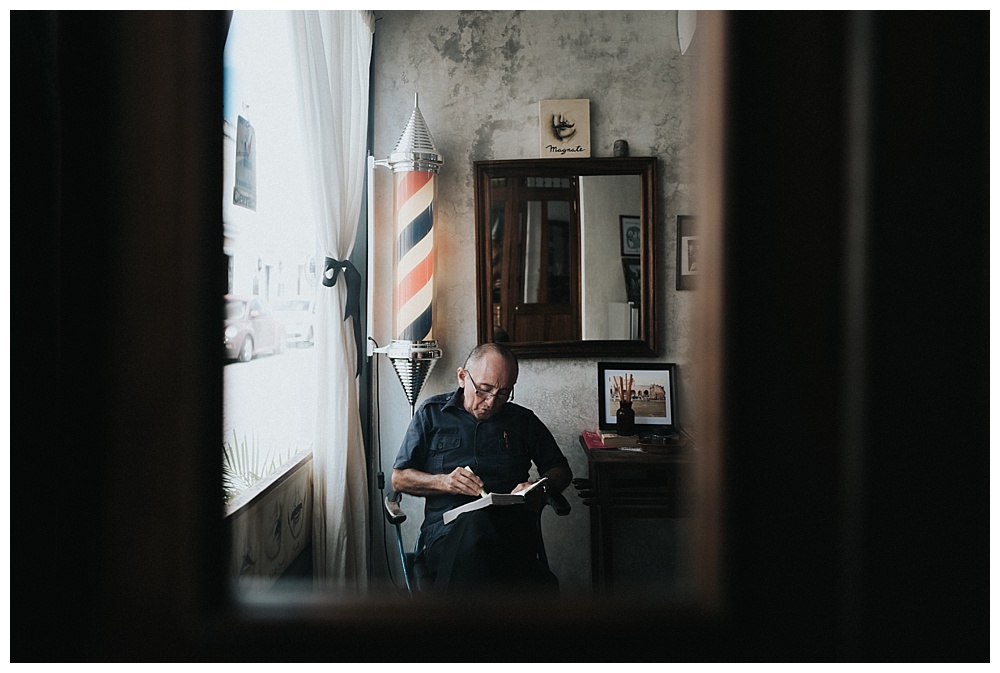
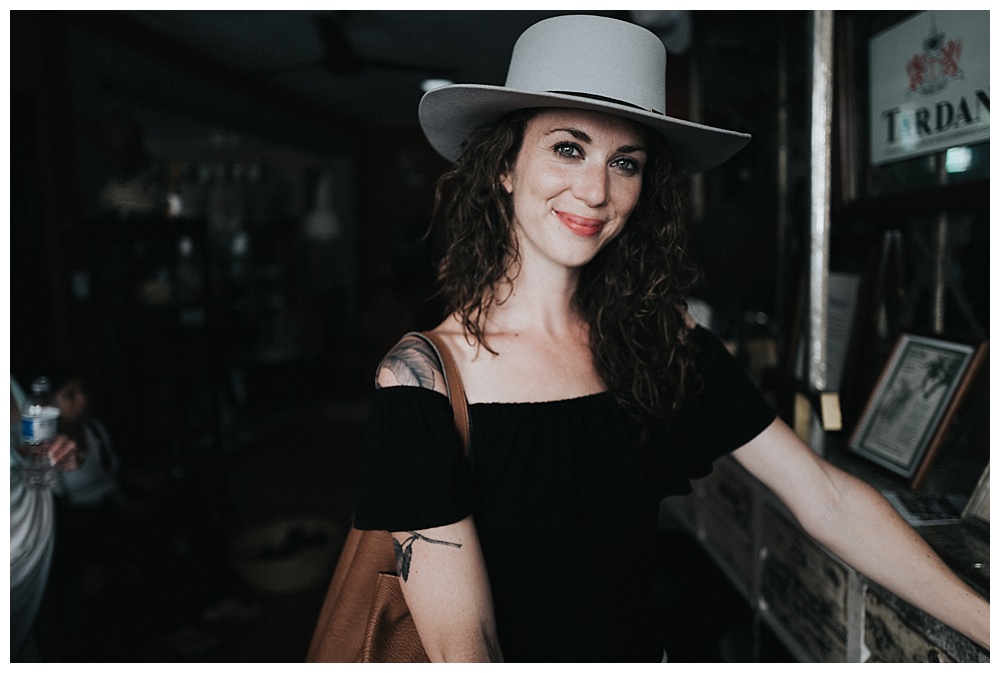
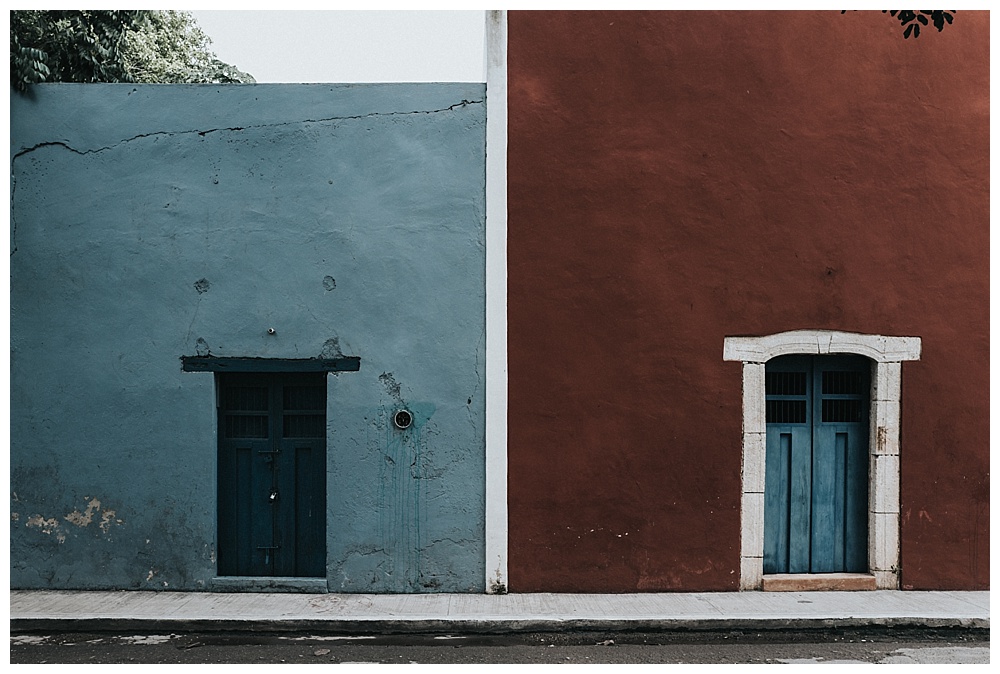
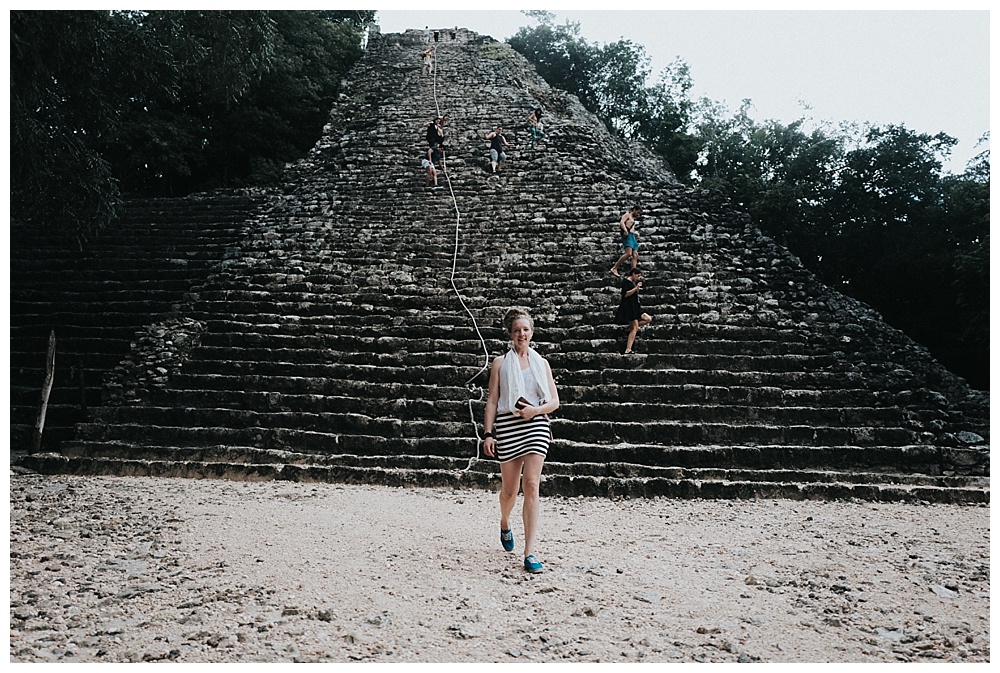
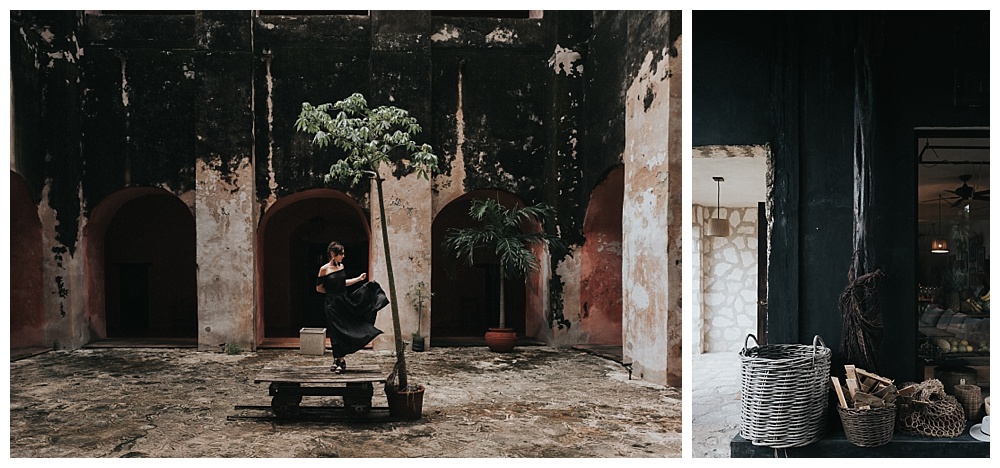
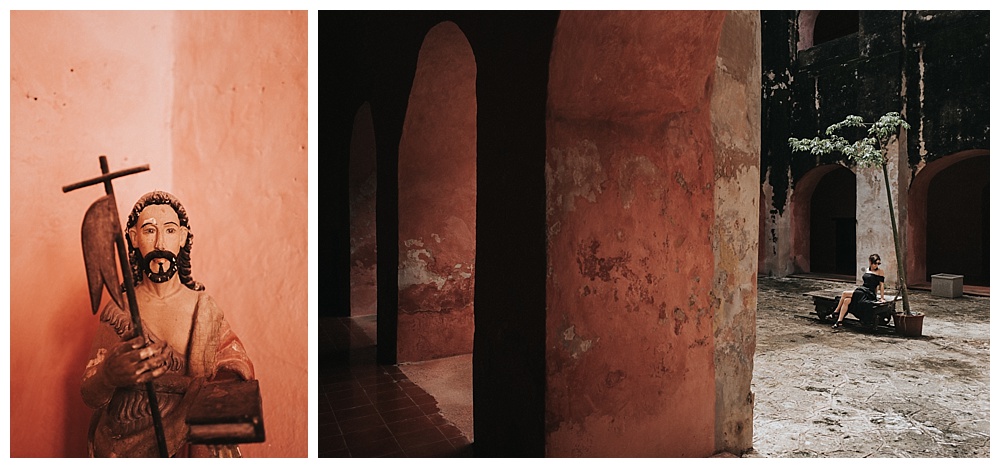

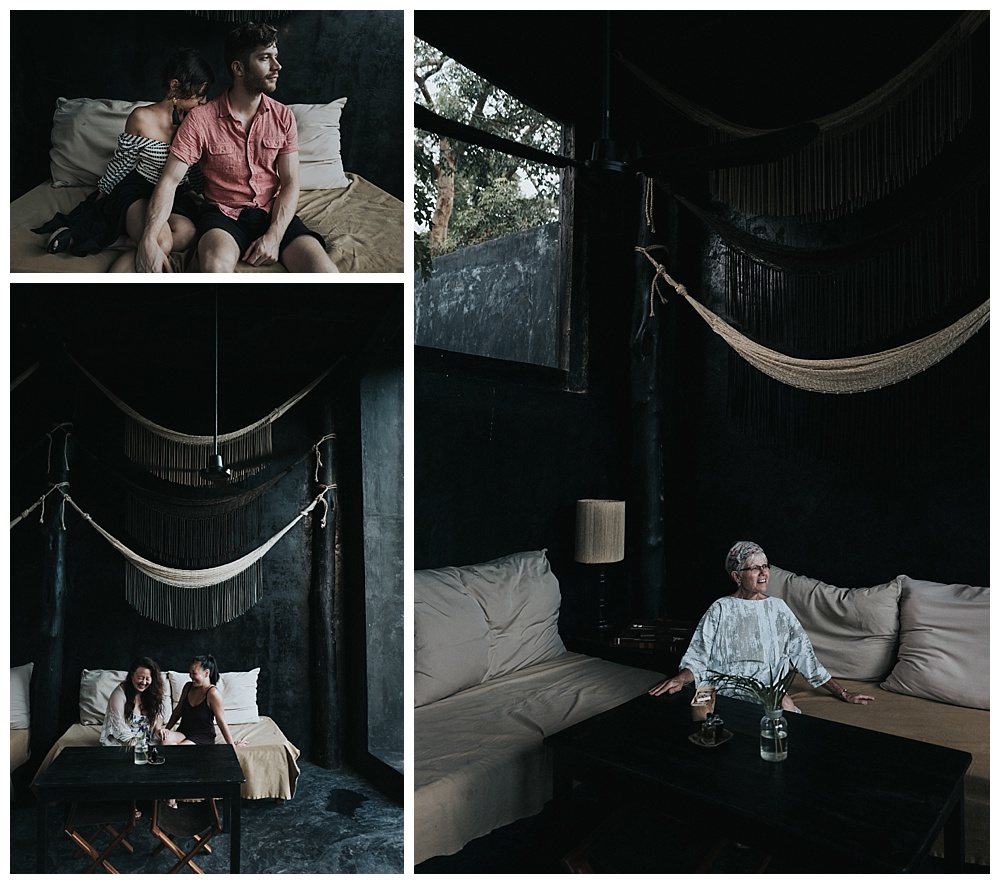
We’re announcing our 2018 retreat in just a few weeks, and we’d love to have you join us. Sign up for the mailing list below to stay in the loop– and avoid the umbrella-holding guides forrrevverrrr.
